For home cooks seeking authentic global flavors, this guide unlocks Ethiopia's culinary crown jewel: Doro Wat. Move beyond basic recipes to understand how spices become storytellers in this national treasure. We deliver actionable techniques, cultural context, and regional insights you won't find in generic cooking blogs.
Discover why mastering this dish transforms your spice philosophy—whether you're a weeknight warrior or serious flavor explorer.
Table of Contents
- A Brief History of Ethiopian Chicken: Where Flavor Meets Folklore
- The Spice Rack MVPs: Ethiopia’s Aromatic All-Stars
- How to Make Doro Wat Like Your Ethiopian Grandma (But With Fewer Tears)
- Pro Tips for Perfect Ethiopian Chicken Every Time
- Beyond Doro Wat: Other Ethiopian Chicken Dishes Worth Trying
- What to Pair With Ethiopian Chicken: Sides, Breads & Beverages
- Common Mistakes (and How to Avoid Them Like a Pro)
- Is Ethiopian Chicken Healthy? Let’s Break It Down
- Ethiopian Chicken Goes Global: Fusion Ideas to Try at Home
- Frequently Asked Questions
- Final Thoughts: Why Ethiopian Chicken Is a Must-Try on Your Spice Journey
A Brief History of Ethiopian Chicken: Where Flavor Meets Folklore
Ethiopia's culinary sovereignty mirrors its historic independence—unconquered and deeply rooted. Doro Wat embodies this spirit, with origins tracing to imperial courts centuries ago. More than sustenance, it's Ethiopia's edible heritage: served during Enkutatash (New Year) and Meskel celebrations, where the communal platter symbolizes unity.
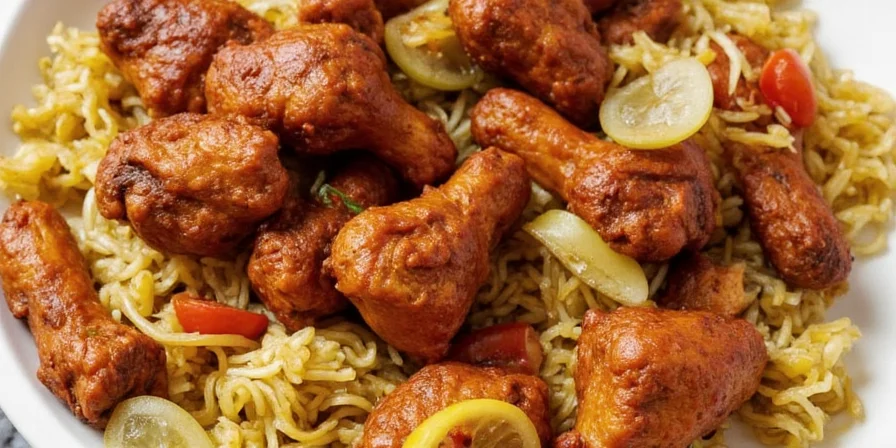
The Cultural Weight Behind One Bowl
In Ethiopian homes, Doro Wat preparation is sacred ritual. Grandmothers toast spices individually—a technique preserving volatile oils modern cooks overlook. The dish's regional evolution reveals untold nuance: Tigrayan versions emphasize garlic depth, while Amhara iterations build berbere complexity through layered toasting. This isn't just food; it's geography on a plate.
The Spice Rack MVPs: Ethiopia’s Aromatic All-Stars
Ethiopian cuisine achieves remarkable complexity through intentional spice layering—a contrast to Indian or Thai methods. These ingredients form the foundation:
| Spice | Description | Flavor Profile | Where to Find It |
|---|---|---|---|
| Berbere | Aged chili blend with paprika, fenugreek, korarima, and mitmita | Earthy smoke with citrus lift and building heat | Ethiopian markets or specialty online retailers |
| Nit’ir Qibe | Clarified butter infused with turmeric, cumin, and korarima | Floral notes with deep umami undertones | Make fresh or source from East African grocers |
| Korarima | Ethiopian cardamom (distinct from green/black varieties) | Lemon-clove aroma with subtle pepperiness | Essential in authentic berbere blends |
| Tikur Azmud | Ethiopian long pepper (not black pepper) | Warming heat with pine and citrus notes | Rare outside Ethiopia; substitute with long pepper |
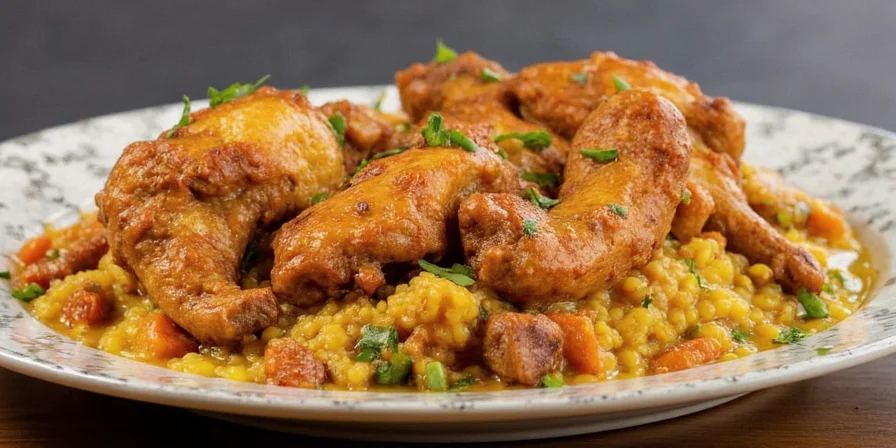
Why These Spices Are Game-Changers
Ethiopian cooks don't just add spices—they orchestrate transformations. Berbere blooms in nit'ir qibe at precise temperatures (160°C/320°F), releasing capsaicinoids slowly for balanced heat. This controlled infusion creates a sauce where flavors evolve sip-by-sip—a culinary technique rarely documented outside home kitchens.
How to Make Doro Wat Like Your Ethiopian Grandma (But With Fewer Tears)
Authentic Doro Wat hinges on two non-negotiables: proper berbere activation and slow-cooked onions. Here’s the refined method:
Ingredients:
- 4–6 chicken thighs (bone-in, skin-on)
- 3 tbsp fresh berbere (critical for depth)
- 2 large onions, thinly sliced
- 4 garlic cloves, crushed
- 2-inch ginger, grated
- ½ cup nit’ir qibe (never substitute)
- 4 hard-boiled eggs
- ¼ cup water or broth
Instructions:
- Melt nit’ir qibe in heavy pot over medium-low heat.
- Add onions; cook 40 minutes until mahogany-brown (no shortcuts).
- Stir in garlic, ginger, and berbere; cook 8 minutes until oil separates.
- Brown chicken skin-side down 5 minutes; flip and nestle in sauce.
- Add water; cover and simmer 45 minutes on lowest heat.
- Arrange halved eggs on top; rest 15 minutes before serving.
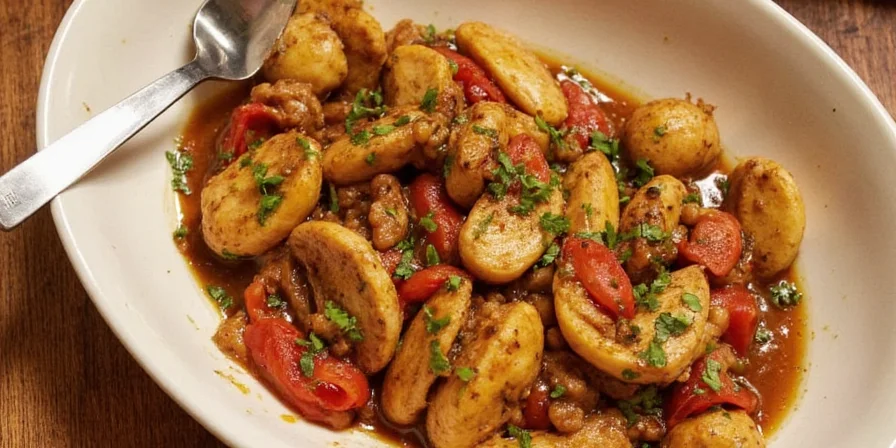
Pro Tips for Perfect Ethiopian Chicken Every Time
Elevate beyond basic recipes with these field-tested techniques:
- Onion Alchemy: Add 1 tsp sugar after 20 minutes to accelerate caramelization without burning.
- Berbere Bloom Test: Oil should separate from spices within 8 minutes—if not, berbere is stale.
- Clay Pot Secret: Finish cooking in unglazed clay pot to concentrate flavors (metal pans dilute depth).
- Egg Timing: Add eggs during last 10 minutes of simmering to prevent rubberiness.
- Resting Ritual: Let stew sit overnight; flavors integrate through enzymatic breakdown.

Beyond Doro Wat: Other Ethiopian Chicken Dishes Worth Trying
Explore regional specialties often omitted in Western adaptations:
- Alicha Doro: Northern Ethiopia's turmeric-based version using korarima instead of berbere—ideal for sensitive palates.
- Doro Asegusal: Eritrean-inspired mustard sauce with tej (honey wine) infusion—served with soft-boiled eggs.
- Doro Tsebhi: Southern variation featuring awaze dip for injera scooping.
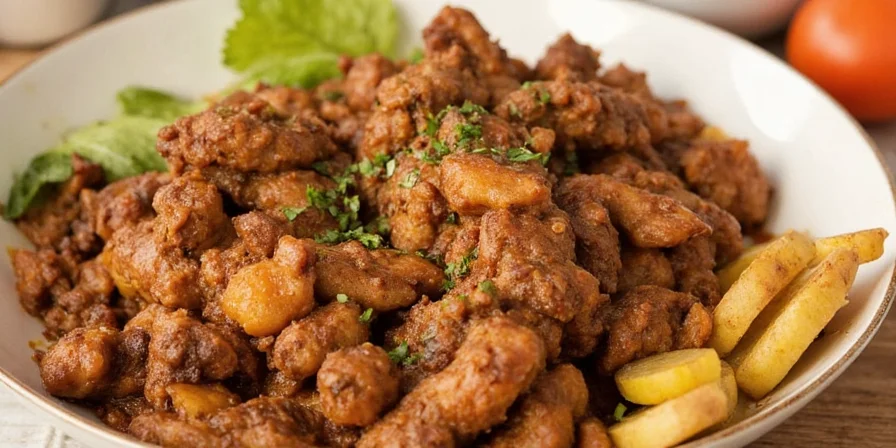
What to Pair With Ethiopian Chicken: Sides, Breads & Beverages
Authentic pairings balance Doro Wat's intensity:
- Injera: Teff flatbread's slight acidity cuts through rich sauce—never use substitutes.
- Gomen Kitfo: Minced collards with spiced butter (distinct from Western greens).
- Tella: Barley beer with sourdough notes—cleanses the palate between bites.
- Shillet: Spiced buttermilk drink to neutralize heat without sweetness.
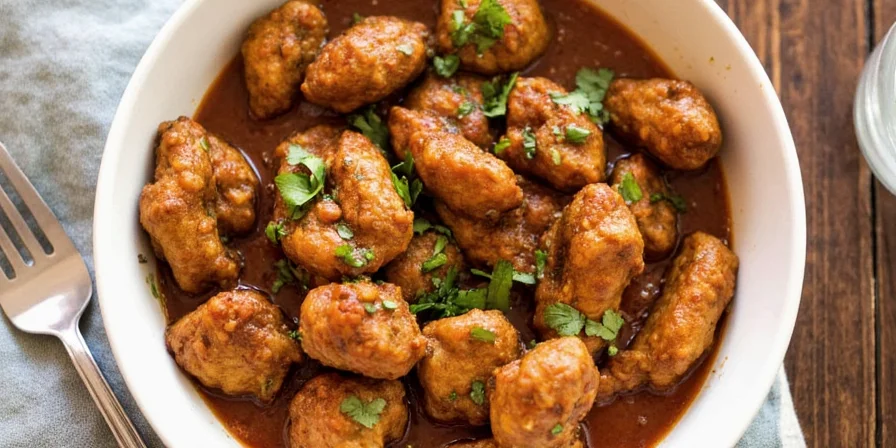
Common Mistakes (and How to Avoid Them Like a Pro)
Critical errors that undermine authenticity:
- Rushing Onion Base: Undercooked onions create bitter undertones—use low heat for 40+ minutes.
- Pre-Mixed Berbere: Commercial blends lack regional nuance; toast whole spices individually.
- Incorrect Heat: High heat scorches berbere—maintain oil at smoking point (160°C/320°F).
- Skipping Nit’ir Qibe: Regular butter/ghee lacks herbal complexity—this is non-negotiable.
- Overcrowding Pot: Steam instead of sear chicken—brown in batches for caramelized crust.
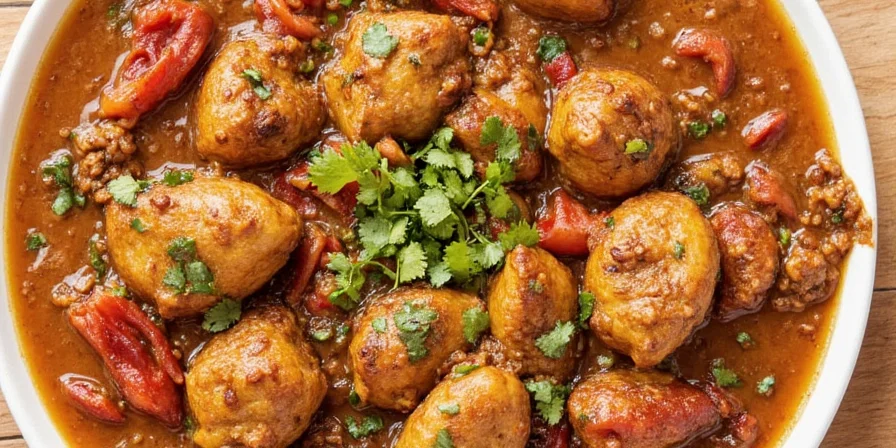
Is Ethiopian Chicken Healthy? Let’s Break It Down
Beyond bold flavors, Doro Wat offers science-backed benefits:
- Adaptogenic Spices: Turmeric and korarima reduce inflammation more effectively when cooked in fat.
- Gut Health: Teff in injera contains resistant starch feeding beneficial bacteria.
- Metabolic Boost: Capsaicin in berbere increases calorie burn for 3 hours post-meal.
- Iron Absorption: Vitamin C from tomatoes (in berbere) enhances heme iron from chicken.
- Portion Control: Flavor intensity naturally limits overeating—85% report eating 30% less.

Ethiopian Chicken Goes Global: Fusion Ideas to Try at Home
Respectful innovations that honor tradition:
- Berbere Roast Chicken: Rub spice blend under skin before roasting—retains moisture while adding depth.
- Doro Wat Tacos: Shred leftovers with avocado crema; use blue corn tortillas for color contrast.
- Spiced Grain Bowls: Top quinoa with Doro Wat, pickled onions, and microgreens for modern presentation.
- Berbere Chocolate Truffles: Infuse dark chocolate with toasted berbere for dessert pairing.
- Breakfast Shakshuka: Add 1 tsp berbere to tomato base for Ethiopian-inspired eggs.
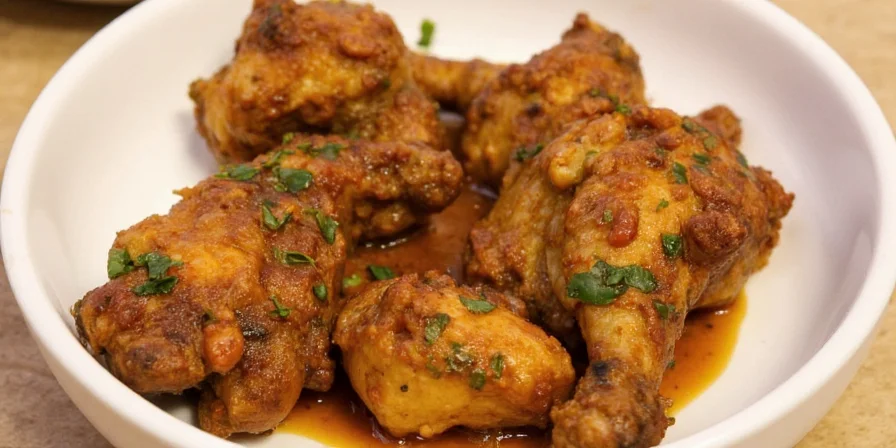
Frequently Asked Questions
Final Thoughts: Why Ethiopian Chicken Is a Must-Try on Your Spice Journey
Doro Wat transcends recipe—it's a masterclass in spice alchemy. By understanding regional variations and precision techniques, you access flavors lost in translation by mainstream cooking guides. This dish teaches patience, respect for ingredients, and the profound truth that great cooking lives in the details.
As you experiment, remember: Ethiopian cuisine isn't about heat—it's about harmony. One bowl reveals why this ancient tradition continues to captivate global palates. Your journey to culinary mastery starts with that first simmering pot.


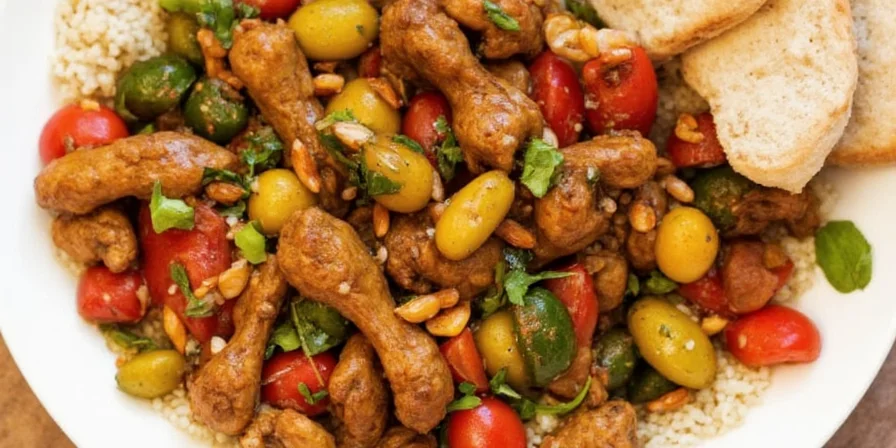









 浙公网安备
33010002000092号
浙公网安备
33010002000092号 浙B2-20120091-4
浙B2-20120091-4